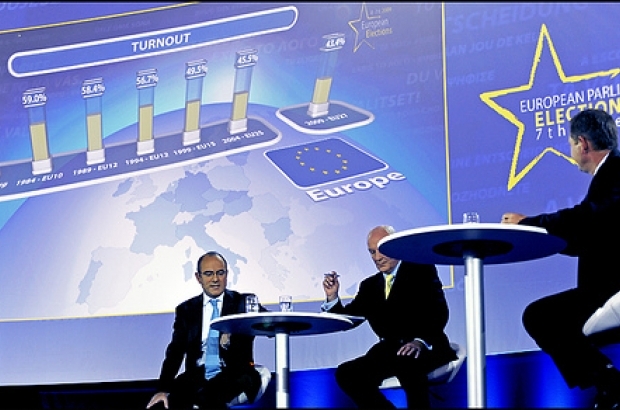The 10 Best Belgian Inventions
'Made in Belgium,' and we're darn proud of it
The Flemish radio station Radio 1 held a program this year in a mission to find out once and for all what have been the Best Belgian Inventions of all time. After forming an initial 36-item list, the public could add inventions until last March 31st, from which the five leading contenders were selected and voted on.
The Belgians public spoke, and here are what they think are the top five Best Belgian Inventions of all time. The Bulletin then follows up with its own shortlist of inventive runner ups!
1.) The Contraceptive Pill:
Winning 38% of the Radio 1 vote is Ferdinand Peeters' (1918-1998) contraceptive pill. To be fair, the pill was not purely Mr Peeters' invention: he took an idea that had been partially developed in the US and improved on it. The first birth control pill in 1957 was far too heavy in terms of dosage, to the point that women were complaining about serious side effects. Mr Peeters, a gynaecologist, therefore worked tirelessly towards an improved version of the pill with correct hormone doses.
Dr Peeters never patented his discovery, which would surely have made him millions. As a strict Catholic, he could never quite come to terms with how his invention clashed with the views of the church. Instead, his pill was bought by German pharmaceutical company Schering in 1961 and sold on the market under the brand name Anovlar.
2.) The Mercator projection:
Winning 20% of the Radio 1 vote, the second Best Belgian Invention is a map. But not just any old map! Created by Flemish cartographer Gerardus Mercator in 1569, the Mercator projection was the first to take into account that the Earth is slightly round (three-dimensional)while maps are flat (two-dimensional). On the Mercator projection, a straight line for the globe is thus also a straight line on the map.
The projection has been widely used for centuries, including today in various forms by Google Maps and many other online services. This map also uses directional bearings; using rhumbs (imaginary lines that cut all meridians at the same angle) as straight lines. It thus serves as a useful tool for navigation.
3.) The JPEG conversion:
Winning 19% of the Radio 1 vote, the JPEG conversion wins third place for best Belgian invention. Invented by female Ingrid Daubechies, this mathematician was actually famed for figuring out the crazy mathematical formulas, called "Daubechies Wavelets", involved in creating the JPEG2000 conversion for image compression. On the same note, without Daubechies Wavelets, there would be no digital cinemas or speedy FBI fingerprint scans.
4.) The Saxophone:
Making its way to Radio 1’s top five shortlist is the Saxophone. Invented by Adophe Sax in 1840, the saxophone was the most successful of several music instruments Mr Sax tinkered around with his whole life. First, he tried making an improved version of the base clarinet. Then Mr Sax wanted to create an instrument with the force of a brass instrument combined with the elegance of a woodwind; the result was the saxophone.
Without the saxophone, there would be no Charlie Parker, George Michael wouldn’t have his Careless Whisper, Gerry Rafferty would have no Baker Street and The Girl from Ipanema would never have walked into Stan Getz’s life.
5.) The Praline:
Closing up Radio 1’s top five shortlist is the Praline. While the Belgian praline we savour today was invented by Jean Neuhaus in 1912, the word praline actually dates back a bit earlier in history to the 17th century. This is when the French Marshal and passionate cook, César Comte du Plessis-Praslin, dipped an almond in chocolate and called it a Prasline.
Of course, today’s Praline is a soft filling covered by a hard chocolate shell, and this was discovered by Grandfather and Grandson Jean Neuhaus. Grandpa Neuhaus was a pharmacist in Brusssels’ King’s Gallery back in 1857. In order to make his bitter pills easier to swallow, he coated them in chocolate. Later, his grandson Jean would get the idea to fill the chocolate not with medicine but with cream… and, as they say, the rest is history.
The Bulletin’s Honorable Mentions:
6.) The World Wide Web (co-invented by Belgian Robert Cailliau)
7.) Witloof (or chicory, invented by Frans Breziers, 1850)
8.) Asphalt (patented by Edward De Smedt in 1870)
9.) The Internal Combustion Engine (Etienne Lenoir, 1859)
10.) Roller Skates (John Joseph Merlin, 1760)
Photos courtesy of Wikimedia Commons


















